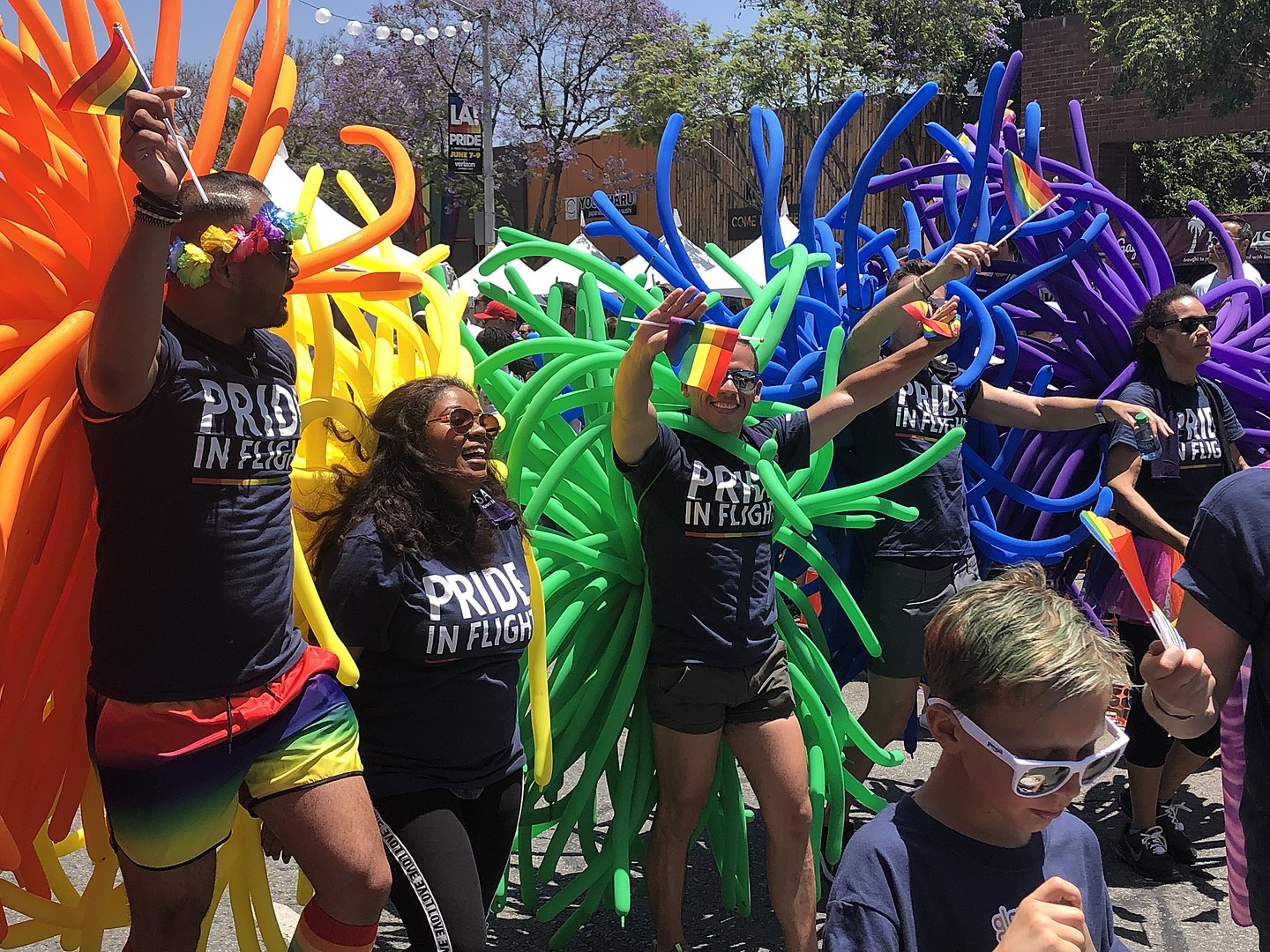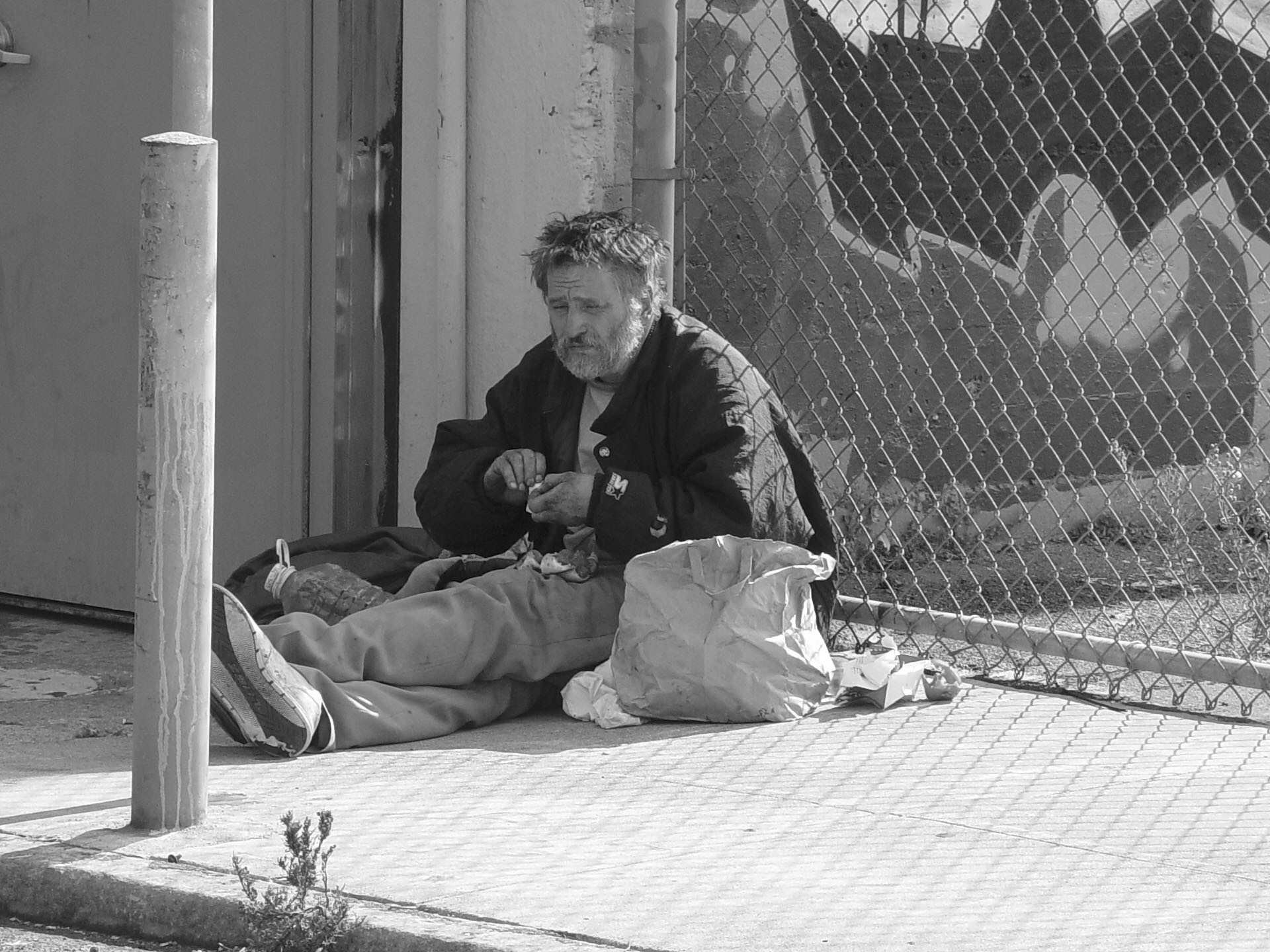The number of COVID-positive patients in Orange County hospitals has dropped to 352, a decline of 28 patients after a rare increase of 17 on Saturday interrupted a recent downward trend, according to the latest state figures.
Of those patients hospitalized as of Sunday, 79 were in intensive care, up one from the previous day.
Some patients likely entered the hospital for other reasons and discovered they had the coronavirus after a mandated test.
Overall, Orange County’s COVID-19 hospitalizations and positivity rates have seen substantial declines of late, although fatality reports continue to be high from this winter’s Omicron-fueled surge.
The county had 22.2% of its ICU beds available and 64% of its ventilators as of Friday, according to the Orange County Health Care Agency. Local health officials become concerned when the level of ICU beds falls below 20%.
Also Friday, the agency reported 567 new positive COVID tests and 31 additional deaths associated with the virus, bringing its cumulative totals to 535,175 cases and 6,450 fatalities.
The OCHCA does not report COVID data on weekends.
Of the total hospitalizations, 84% of patients are unvaccinated and 86% in an intensive care unit are not inoculated, according to the OCHCA.
Dr. Jose Mayorga, executive director of the UC Irvine Family Health Center, told City News Service that the rising death toll should give anyone who thinks the pandemic is over some pause.
“It’s still a pandemic,” Mayorga said. “Those that are using words like endemic or lull are in a different situation. The fact that people are using the phrase endemic means they’re looking across a stable, constant level of cases that we’re seeing amongst our population, but that’s not the case. There continues to be fluctuations. There’s going to be surges, dips, climbs and obviously there’s concern about a new variant coming out.”
Mayorga said he understands “people’s frustrations and they’re tired of dealing with the pandemic, but if we’re considering 120,000 new COVID cases in the country per day and a few thousand deaths per day as endemic, then we probably need to look into the mirror and say are we willing to accept those losses and impacts, and that says a lot about where we’re at as a society.”
He also encouraged the continued use of face coverings for students and implored parents to get their children inoculated.
“As a parent myself, I want to know that schools are going to be implementing strategies and that we’re being told the ventilation systems are upgraded and we’re doing more screening and testing of kids to be assured of the safety of everyone, and encourage vaccination among our students who have yet to be vaccinated,” Mayorga said.
He said about 19% of ages 5 to 11 are vaccinated statewide.
The Omicron variant was a game-changer for children as it made the virus more contagious and has led to more serious health impacts on them, Mayorga pointed out.
He said about 44 children have died in California due to the virus.
“That’s the equivalent of an entire school bus,” he said. “Are we OK with wiping out a school bus? If a school bus crashed and killed everyone on that bus, what would be our response to that? Shouldn’t we have the same response to this preventable infection? Can we respond the same way to prevent that from happening.”
Mayorga said he has seen signs locally that more parents are getting more comfortable with getting their children vaccinated.
“It’s still a challenge, but we’re making headway,” he said. “It does take a lot of convincing and education. I think they’re clinging on to the idea that it doesn’t hurt kids as much as adults, and kids are healthy overall.”
Also, doctors have been warning parents about the dangers of “long COVID,” which is the lingering of symptoms long after a patient has gotten past the infection, Mayorga said.
“We also know that kids are at risk of long COVID, which will impact their overall development” with insomnia or their ability to concentrate in school, he said.







